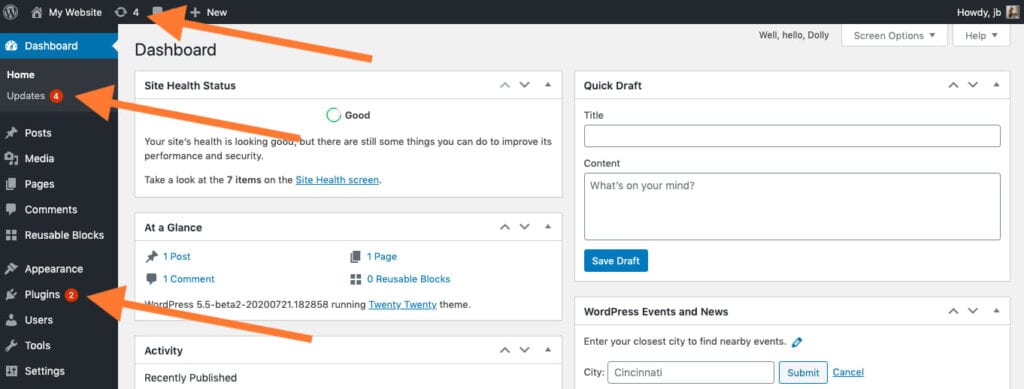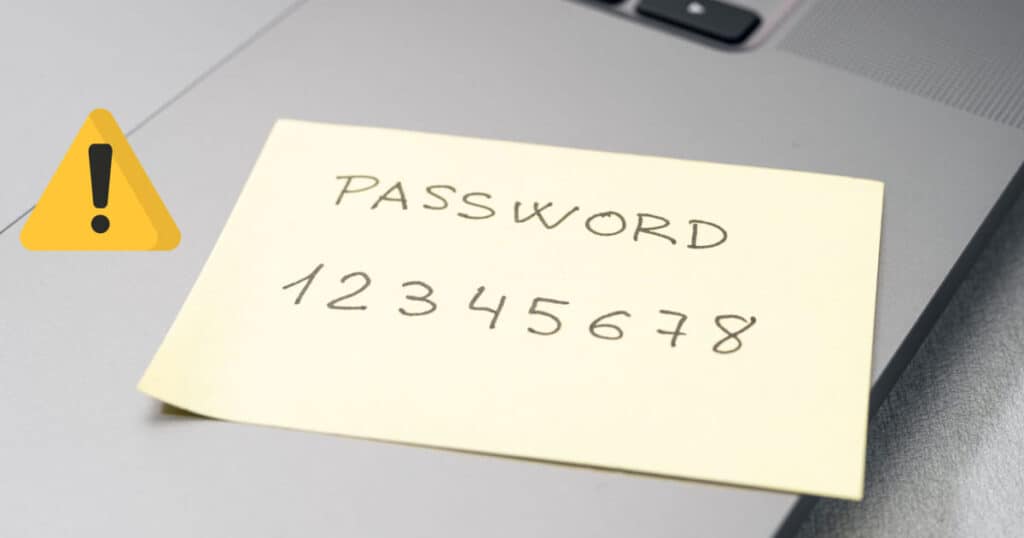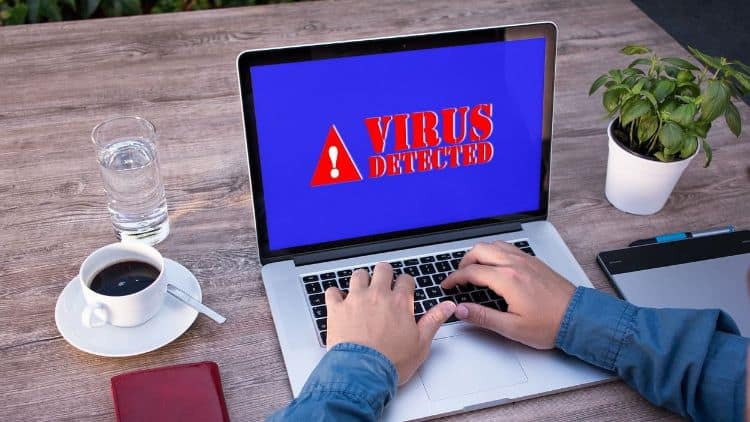As a WordPress website owner, safeguarding your site from malicious activities is imperative. Given that WordPress powers a substantial portion of websites worldwide, it’s a common target for hackers. Protecting your WordPress site effectively not only ensures your online presence remains intact but also maintains your reputation and user trust.
Understanding the Importance of WordPress Security
WordPress security is crucial to prevent unauthorized access and exploitation of your website resources. Robust WordPress security measures help safeguard sensitive data, protect your users’ information, and ensure your website remains operational. Cybersecurity is a shared responsibility, and as a WordPress user, you play a pivotal role in fortifying your website against attacks.
Common WordPress Security Threats
Several common security threats can compromise your WordPress security. These include brute force attacks, where attackers try numerous combinations to guess your password, and SQL injection, where attackers manipulate your website database. Cross-site scripting (XSS) attacks, which inject malicious scripts into your pages, and WordPress malware that can spread across files and content, impacting website performance and integrity, are equally damaging.
Consequences of a WordPress-Hacked Website
Facing a WordPress-hacked website can be detrimental to your business. You may experience data loss, theft of sensitive information, a decrease in search engine rankings, and reputational damage. Additionally, recovering from a hack can be costly and time-consuming, necessitating a robust security approach to mitigate these risks and ensure the longevity and success of your WordPress website.
Keeping WordPress Updated

Ensuring the security of your WordPress website involves staying proactive about updates. WordPress frequently releases updates, which are essential for patching security vulnerabilities, enhancing functionality, and maintaining overall site integrity. Failing to update WordPress, your themes, or plugins can leave your site open to attacks.
The Role of Updates in WordPress Security
Updates play a crucial role in WordPress security. They often address known vulnerabilities that cybercriminals exploit to gain unauthorized access to websites. By keeping WordPress core, themes, and plugins up-to-date, you significantly reduce the risk of your site falling prey to malicious attacks that lead to WordPress malware injection or a WordPress hacked website. Developers work constantly to improve WordPress security, and updates are your first line of defense against potential threats.
Setting Up Automatic Updates for WordPress Core, Themes, and Plugins
To safeguard your WordPress website against security threats, set up automatic updates. For WordPress core, navigate to the Dashboard, then to Updates and select ‘Enable automatic updates for all new versions of WordPress’. For themes and plugins, you can typically turn on automatic updates individually from the WordPress admin area.
For plugins, go to the Plugins page and click the ‘Enable auto-updates’ link next to each plugin. For themes, access the Appearance, then Themes page, and click ‘Enable auto-updates’ for your active theme. Additionally, consider utilizing a WordPress management tool or a plugin that manages updates for you, to ensure nothing falls through the cracks.
Remember that while automatic updates are critical for WordPress security, they should be complemented by regular backups. In the rare case that an update causes issues, a recent backup will allow you to restore your site to a functioning state quickly. Combine automated updates and frequent backups to maintain both the security and the continuity of your WordPress site.
Securing Your Login Credentials

Protecting your WordPress website begins with the fundamental step of securing your login credentials. It’s crucial to enforce stringent measures to prevent unauthorized access, which can lead to a compromised site.
Implementing Strong Password Policies
For WordPress security, setting a robust password policy is imperative. This involves using passwords that are complex and difficult to guess. Aim for a mix of upper and lower case letters, numbers, and special characters. Avoid common words or easy sequences. Change your passwords regularly and never reuse them across different sites. Encourage all users with access to your WordPress to adhere to these practices. You can enforce strength requirements by using plugins that mandate users to create strong passwords, reducing the risk of your WordPress being hacked.
Using Two-Factor Authentication
To enhance the security of your WordPress site, implement two-factor authentication (2FA). This adds an extra layer of defense by requiring a second form of verification besides the password. Usually, this means receiving a code on your mobile device or email which you must enter to gain access. By using 2FA, even if your password is compromised, the chance of an attacker gaining access without the second factor is minimal, effectively reducing the risk of your WordPress site succumbing to malware or other security threats.
Choosing the Right Hosting Service

Securing your WordPress website begins with the foundation: your hosting service. Understand that not all hosts are created equal when it comes to WordPress security. Look for hosts with a proven track record of thwarting WordPress malware and hindering potential breaches. Examine their policies on regular backups, firewall protection, and their protocol for WordPress hacked website recovery. By selecting a hosting provider that prioritizes security, you proactively shield your website from malicious attacks.
Evaluating Hosting Providers for Security Features
Your website’s defense against online threats relies heavily on the security features provided by your hosting company. When assessing potential providers, prioritize those that offer real-time monitoring services, which can detect and block malicious traffic before it breaches your site. Check for the availability of SSL certificates, automated WordPress updates, and the inclusion of security plugins. Providers should also guarantee up-to-date PHP versions and sophisticated DDoS protection. Confirm that these security measures are not merely optional add-ons, but integral components of the hosting packages.
Protecting Against WordPress Malware and Attacks

Installing Security Plugins and Firewalls
Enhance your WordPress security by integrating powerful security plugins and firewalls. These tools serve as vital defenses against unauthorized access, brute force attacks, and WordPress malware. Choose from reputable plugins that offer features like malware scanning, login attempt monitoring, and file integrity checks. Additionally, firewalls can thwart suspicious traffic before it reaches your site, providing an essential layer of protection for your WordPress environment.
Leveraging .htaccess for Enhanced Security
.htaccess is a configuration file that controls the server’s directory-level behaviors, playing a key role in WordPress security. Utilize .htaccess to implement measures such as restricting access to vital WordPress files, disabling directory browsing, and fortifying your website against common exploits. Modifying this file requires precision; a mistake could render your WordPress website inaccessible. Hence, handle with care and make backups before any changes.
Setting File Permissions and Ownership Correctly
Correct file permissions and ownership are critical in securing your WordPress site and avoiding a WordPress-hacked website scenario. Files and directories should have permissions set to limit who can read, write, or execute them. For instance, set directories to 755 and files to 644 as a rule of thumb, ensuring that only authorized users have write access. Ownership should be configured so that the user running the web server has just enough permissions to operate without compromising WordPress security.
Maintaining Regular Backups

To ensure WordPress security and to safeguard your site from potential threats such as WordPress malware or a WordPress-hacked website, maintaining regular backups is a preventative measure you can’t afford to overlook. Backups are your first line of defense, guaranteeing that you have a clean and recent version of your site that can be restored quickly in case of a breach. Regular backups help to minimize losses and can save you considerable time and stress in the recovery process.
Choosing the Best Backup Solutions
When selecting a backup solution for your WordPress website, look for a service that is reliable and offers full-site backup capabilities—not just your database. An ideal backup solution should include your posts, pages, theme files, plugins, and media. This comprehensive approach ensures that you can restore your site fully without needing to rebuild it from scratch. Prioritize solutions with automated features and encryption to safeguard your backup files. Check whether the backup service you choose offers storage options that are geographically distant from your server location to mitigate the risk of data loss from localized incidents. Access to professional support can also be invaluable should you encounter issues while restoring your site.
Balancing Frequency and Coverage of Backups
The frequency of your backups should reflect the level of activity on your WordPress site. For high-traffic websites with constant updates, a daily backup schedule might be necessary. In less active scenarios, weekly backups could suffice. Remember that every backup you create should cover all aspects of your site to prevent any data loss in the event that your WordPress site encounters security issues. Additionally, it’s vital to regularly test your backups to ensure that they are not only complete but also functional, allowing for a seamless recovery if your site becomes compromised.
Monitoring and Auditing Your Website
Utilizing Security Scanning and Monitoring Services
Protect your WordPress website by incorporating security scanning and monitoring services. These are essential tools designed to detect vulnerabilities within your site that could lead to a WordPress compromised website. Implement comprehensive security solutions that regularly scan for WordPress malware, ensuring that any suspicious activity is flagged and addressed promptly. Opt for services that offer real-time monitoring, alerting you of any unauthorized changes to your site’s files or database, effectively averting potential threats before they escalate.
Performing Regular Security Audits
Regular security audits play a critical role in strengthening the WordPress security of your website. By conducting methodical assessments, you will identify potential security loopholes and take preemptive measures to secure your site. A sound audit covers your WordPress site’s plugins, themes, and core files for integrity. Consider a checklist approach to verify user permissions, authentication methods, and file access rights – all of which can be exploited if not correctly managed. Document your findings and remediate identified issues to ensure that your WordPress site is safeguarded against unauthorized intrusions.
Your consistent effort in monitoring and auditing is crucial for maintaining a robust WordPress security posture. Security scanning, monitoring services, and periodic security audits are fundamental strategies to prevent your WordPress website from being compromised. Stay vigilant and proactive in implementing these best practices, and you will fortify your website’s defenses against the ever-evolving threats posed by cyber attackers.
Handling a WordPress-Hacked Website

Discovering your WordPress site has fallen victim to a hack can be terrifying. However, prompt and decisive action is crucial to mitigate damage and restore your website’s integrity. Here’s what you must do immediately upon noticing a hack:
Steps to Take Immediately After Discovering a Hack
If your WordPress security is compromised, follow these steps without delay:
- Change Your Passwords: Update all passwords associated with your WordPress website. This includes your WordPress admin, FTP accounts, and database. Use strong, unique passwords to prevent further unauthorized access.
- Evaluate the Damage: Determine the scope of the hack. Check if it’s a defacement, SEO spam, or if there is WordPress malware present. Also, assess if sensitive data has been exposed. Understanding the impact helps in strategizing the cleanup process.
- Contact Your Hosting Provider: Your hosting provider can give you insights into the hack’s origin and may be able to assist in the recovery process. They might have backups or tools to help in identifying malicious code.
- Restore from Backup: If you have a clean, recent backup of your WordPress website, consider restoring it. Ensure the backup is not infected before initiating the restoration process.
- Scan for Malware: Use a reputable WordPress security plugin to scan your site for malware. This helps identify any malicious code or files that have been injected into your website.
- Remove Malicious Content: After the WordPress malware scan, meticulously remove any suspicious files or code. Be thorough in your cleanup to prevent the threat from persisting.
- Update Everything: Outdated themes, plugins, and the WordPress core are often entry points for hackers. Update everything to the latest versions to close any security vulnerabilities.
- Get Professional Help: If the situation is beyond your expertise, enlist the help of professionals who specialize in handling WordPress-hacked websites. It’s important to resolve the issue at its root to prevent recurrence.
- Contact Me 🙂
- Implement Post-Hack Security Measures: After addressing the immediate concerns, strengthen your WordPress security. This includes setting up a WordPress firewall, implementing two-factor authentication, and conducting regular security audits.
- Inform Your Users: If user data is compromised, notify your users promptly. Transparency builds trust and helps users take necessary precautions to protect their information.
Your swift action is vital to protect your WordPress site from the repercussions of a hack. Always maintain regular, clean backups and keep all aspects of your WordPress environment updated. Prioritize security measures to reduce the risk of future hacks and maintain your website’s credibility.
The Take Away
Summarizing Key WordPress Security Measures
Securing your WordPress site requires comprehensive measures from various avenues. Choose hosting providers that prioritize WordPress security – ones that offer features like firewalls, regular backups, and malware scanning. Implement strong passwords and employ user role management to limit access to your site’s backend. Ensure all themes and plugins are reputable and consistently updated to ward off vulnerabilities. Use security plugins to shore up any potential weaknesses, frequently backing up your website content to prevent loss in the event of a WordPress-hacked website scenario. Lastly, an SSL certificate is vital for encrypting data transfers, making your site impervious to intercept attempts.
Continual Vigilance and Best Practices Moving Forward
WordPress security is an ongoing commitment. Regularly update your WordPress core, themes, and plugins to patch security flaws and maintain a fortified barrier against WordPress malware and potential breaches. Educate yourself and your team on the latest cyber threats. Monitor your site’s activity with security plugins that track unauthorized login attempts and file changes. If you suspect any peculiar activity, immediately perform a security audit and resolve any WordPress malware issues. Engage with the WordPress community to stay informed about emerging security challenges and solutions. Above all, establish a routine check-up of your site’s security measures to proactively defend against the increasingly sophisticated methods of cyber attackers targeting WordPress websites.
FAQ – To Recap
What are the best practices for ensuring WordPress security?
To secure your WordPress website, start with the basics: keep all software updated, including core WordPress, themes, and plugins. Use strong passwords and enable two-factor authentication. Implementing a web application firewall (WAF) can prevent many common attacks by blocking malicious traffic. Additionally, regularly scan your site for WordPress malware and vulnerabilities to stay ahead of threats. Choose a reputable hosting provider that emphasizes security and offers ongoing support. Finally, regularly back up your website so you can restore it if something goes awry.
How can I minimize the risk of my WordPress site being hacked?
Minimizing the risk involves a multi-layered approach. Limit login attempts to thwart brute-force attacks. Disable file editing within the WordPress dashboard and use SFTP instead of FTP to transfer files. Restricting access to the wp-admin directory by IP address adds another layer of protection. Regularly review user accounts and delete any that are unnecessary or suspicious. Also, ensure you have SSL certification for your site to encrypt data transfer. Stay informed about WordPress security trends and promptly address any identified issues.
What should I do if my WordPress site is hacked?
If your WordPress site is hacked, act immediately to mitigate damage. Begin by changing all passwords related to your WordPress site. Identify the hack by checking if your site is defaced, running slow, redirecting to unknown sites, or sending spam. Restore your website from a clean, recent backup, or seek professional help if necessary. Clean your site by removing any malicious code, WordPress malware, and unwanted users. Once you’ve regained control, conduct a post-hack audit, and improve your site’s security to prevent future attacks.
Can installing plugins affect my WordPress website’s security?
Yes, plugins can impact WordPress security. Ensure you install plugins from reputable sources like the official WordPress repository. Check ratings, and update history, and compatibility before installing. Keep plugins updated and remove ones that are no longer maintained or necessary for your site’s functionality. Use security plugins to monitor your website for any suspicious activity and enforce strong security measures. Always maintain a lean plugin policy: the fewer plugins you have, the lower the risk of vulnerabilities.
How often should I perform WordPress security checks?
Conduct regular security checks on your WordPress website to identify and address vulnerabilities. Aim for a monthly security check routine, which should include updates, password reviews, and user permission audits. Use security tools to perform scans for WordPress malware or suspicious code. Stay updated on the latest WordPress security news to ensure you’re aware of new threats and can respond accordingly. By being proactive with these checks, you can greatly reduce the chances of your WordPress website being compromised.


